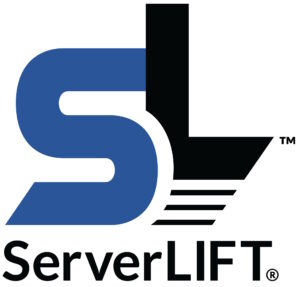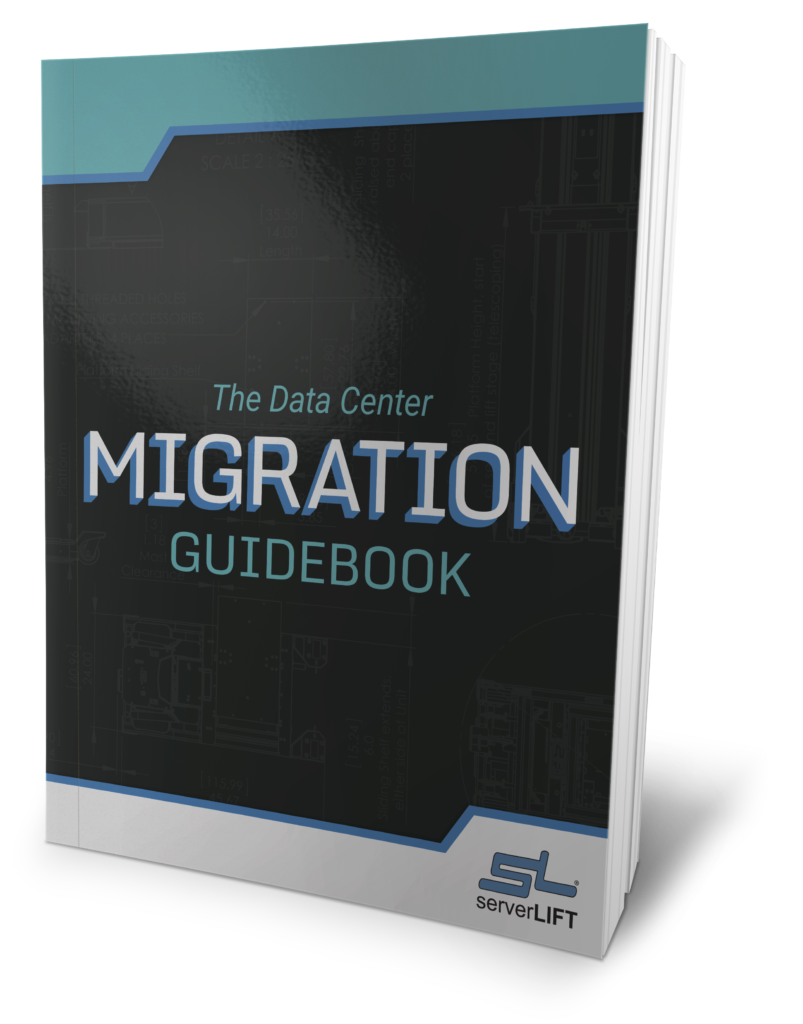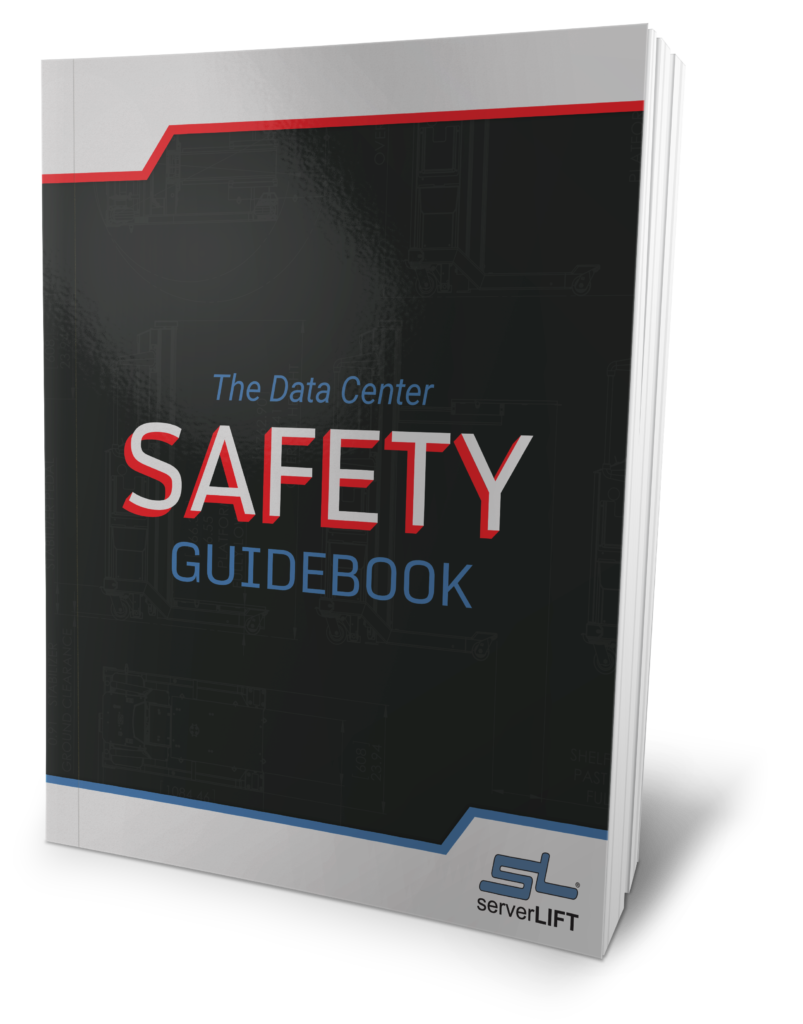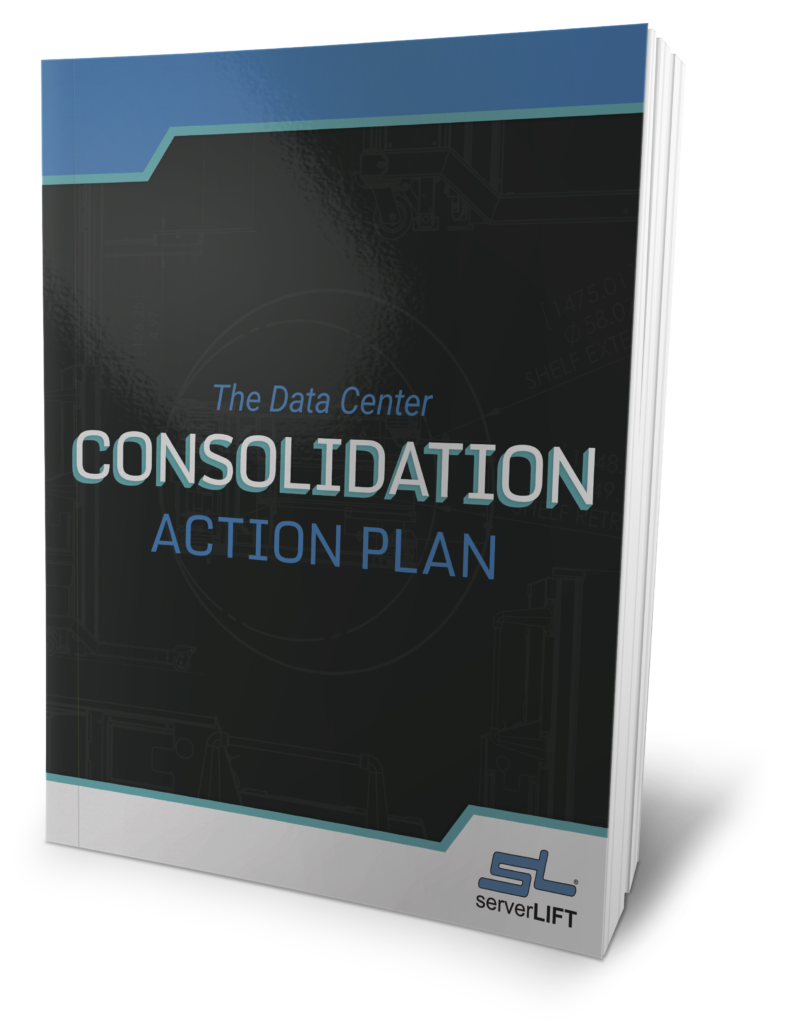Tariffs will affect data centers and the broader economy. Impacted data center operations include equipment sourcing, facility location choices, and strategic decision making.
Data center managers who adapt to the coming market shifts have the potential to weather the short-term storm tariffs will unleash.
Here are some tariff impacts that data centers may experience.
1. Some data centers will encounter cost increases, especially on foreign equipment and parts.
As of this writing, numerous countries are negotiating tariffs. We’d publish some current percentages, but they are fluctuating so frequently this article will be out of date within days or hours.
Tariffs are often seen as a bargaining chip to negotiate geopolitical issues. In practice, we may see higher, lower, or simply different tariffs than the planned percentages above.
Data centers relying on foreign imports will see higher prices regardless of the tariff percentages. Data center buildings use imported steel and aluminum; servers and other data center equipment use imported components.
2. There’s a potential for some near-term operational hiccups.
Fluctuating energy prices and disruptions in the North American energy supply chain from shifting agreements may make it more difficult for data centers to access clean energy and source imported materials for the near future. As a result, some facilities might pause sustainability goals if clean energy costs rise too high.
Supply chain disruptions could affect more than just the energy sector. Data centers may experience component shortages, affecting operational ability.
Essential component shortages will make expansions more complex. The whole industry may not see much physical growth—in terms of new locations—right now. Data centers using US components may be the exception.
3. Competition within the industry will shift.
AI is expensive to run, but it’s also expensive to set up the equipment necessary to support complex AI applications. Probable price increases on imported hardware require a more significant investment to support and run AI. This may prohibit newer data centers from entering the AI market and squeeze out smaller data centers, narrowing the competition between existing AI data centers.
Globally, data center equipment competition will also intensify. American data centers will pay higher prices for imported hardware until US hardware production matches China and other major chip suppliers. US-based chip plants are already in the works.
NVIDIA’s US-based GPU production is already the global leader for AI-capable chips, but it will take time for US chip production to meet or exceed that of other countries.
4. Data centers will need to adapt their strategies.
The current tariff situation and other North American business negotiations may result in moving data centers to the US rather than continuing to operate in other countries. For example, the changing relations between the US and Canada could affect Microsoft’s Quebec City facility.
Data centers should plan for ten to twenty-year minimum contracts for utilities in the US. Some utility companies are enacting minimum contract lengths to ensure that data centers pay a proportionally fair amount in utility fees over the lifetime of the contract. These measures protect small businesses and residential customers that are impacted by nearby data centers, the new contracts will impact operational costs.
5. Some data centers will successfully mitigate the challenges and even benefit from the changes.
Compared to the everyday cost of operations, facilities and equipment built using steel and aluminum typically don’t cost much. Some experts say, therefore, that the steel tariff impact will be minimal.
It’s also possible that US data centers could surpass foreign competitors if they adapt quickly to changing market conditions.
New data center approvals span years. When approval is granted, the economic situation could be completely different. US data centers could buy at home if American steel and aluminum are more cost-effective to use than imports.
Tariffs may be used only as leverage for negotiations, and price increases will be transient or nonexistent. Canadian and Mexican tariffs have had numerous delays as talks between the nations continue, so there is no clear picture of future material costs.
Some tech companies are stockpiling components to satisfy demand when supply is perceived to be low. These companies expect to see substantial profits that offset the cost of more expensive materials.
6. The overall economy will likely experience significant changes.
A proposed 100% tariff on foreign-made chips is designed to encourage US semiconductor manufacturing.
The world’s most prolific semiconductor manufacturer, Taiwan Semiconductor Manufacturing Company (TSMC) is investing $100 billion to build three new manufacturing plants and two packaging and distribution facilities in the US.
This benefits the US economy and ensures the continued success of TSMC as a global chipmaking giant. It’s also possible that this is the first shift toward U.S. manufacturing; but these shifts take time.
7. Geopolitical relationships may also change.
Many countries are unhappy with the proposed tariffs. In response, they’re imposing retaliatory tariffs on US imports. If these trade wars escalate, global trade will decelerate.
Retaliatory tariffs are a standard reaction to high tariff prices, so economists know what to expect going forward. Domestic production and US dollar value will surge. Other countries will artificially drive their currency values down to even the gap between import and export values. Others may increase their domestic production as exports decrease around the world and global trade slows.
Prepared and flexible data center managers will successfully navigate whatever volatility lies ahead and be better-positioned when calm returns.










